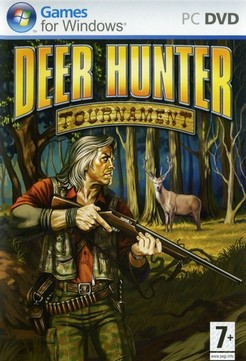

It’s just not as popular with the younger generation as it is with the older generation who were born 40 to 50 years ago." "With the younger generation it doesn’t seem to resonate that way. "We had a lot of the baby boomers who grew up hunting, obviously we had a lot more rural landscape back then. "It’s an age demographic thing," Stewart said. The hunter numbers in the the four Thumb counties declined by 11,054, from 55,362 to 44,308, or nearly 20 percent, from 2008 to 2017.

That's down from 41,602 hunters and 31,609 deer in those three counties in 2008. In Deer Management Unit 332, which includes Sanilac, Tuscola and Huron counties, 33,677 hunters harvested 23,050 deer in 2017. Clair County harvested 6,578 deer in 2017, 10,631 hunters harvested 5,770 deer. In southeast Michigan, 50,824 people hunted deer in 2016 counting firearms, archery and muzzleloading seasons that total dropped 7.4 percent to 47,069 in 2017. The numbers of people hunting deer locally follows that trend. That's still half a million people who will be hunting deer at some time in the next two weeks."Īccording to a Detroit Free Press article, deer hunters have declined from a high of 785,000 in 1998 to 621,000 licenses sold during the 2017 firearms deer season. "For firearms season, we had just shy of 500,000 hunters last year, we had 490,000, and we probably will get another 2 to 3 percent decline." "It depends on how you define season," said Chad Stewart, deer and elk specialist for the Michigan Department of Natural Resources. *The base license enables you to hunt small game - if you want to hunt other species you will also need to purchase a license for that species.It's the opening day of the firearms deer season in Michigan and there are going to be a lot of hunters waking up early and heading into the fields and forests. Non residents can purchase one of the following apprentice license types:



 0 kommentar(er)
0 kommentar(er)
